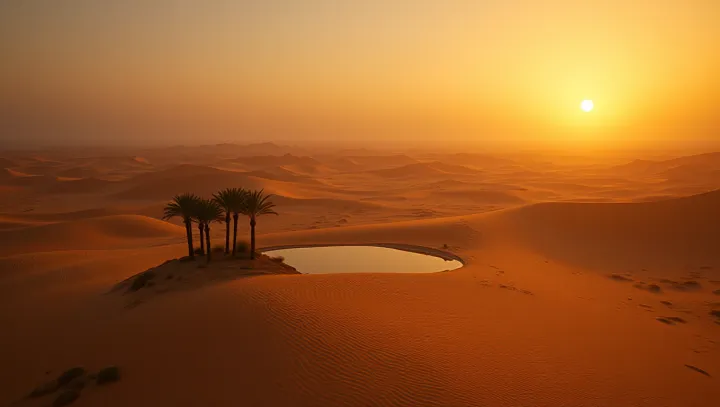The Sahara's Lush Past: A Green Oases Tale

The Sahara Desert, a name synonymous with endless seas of sand and scorching heat, tells a tale of radical ecological transformation. Recent scientific inquiries have unveiled that this formidable landscape was not always unyieldingly arid. Rather, it once flourished as a lush, green paradise characterized by vibrant oases and abundant life.
Research spearheaded by Dr. Lila Thompson at the Global Climate Research Institute reveals that the Sahara’s lush era occurred due to substantial climatic alterations. Through the analysis of fossil records and advanced satellite imagery, scientists have registered pivotal shifts in the atmospheric and environmental conditions of the region.
These findings suggest that the climate changes, catalyzed over thousands of years, engendered a gradual transition from a fertile expanse to an unforgiving desert, altering the course of eco-historical narratives. Dr. Thompson emphasizes the significance of these discoveries, stating, "Understanding the Sahara's green past enriches our comprehension of climate dynamics and ecosystem resilience." Such insights are invaluable, not only in narrating the history of the Sahara but also in foreseeing future climate patterns and their potential to reshape global landscapes.
The revelations about the Sahara’s past resonate with contemporary climate challenges, urging the scientific community and policymakers alike to contemplate the long-term impacts of current environmental trajectories. This narrative of the Sahara, from oases to desert, serves as a poignant reminder of nature's profound adaptability and the enduring influence of climatic forces.
